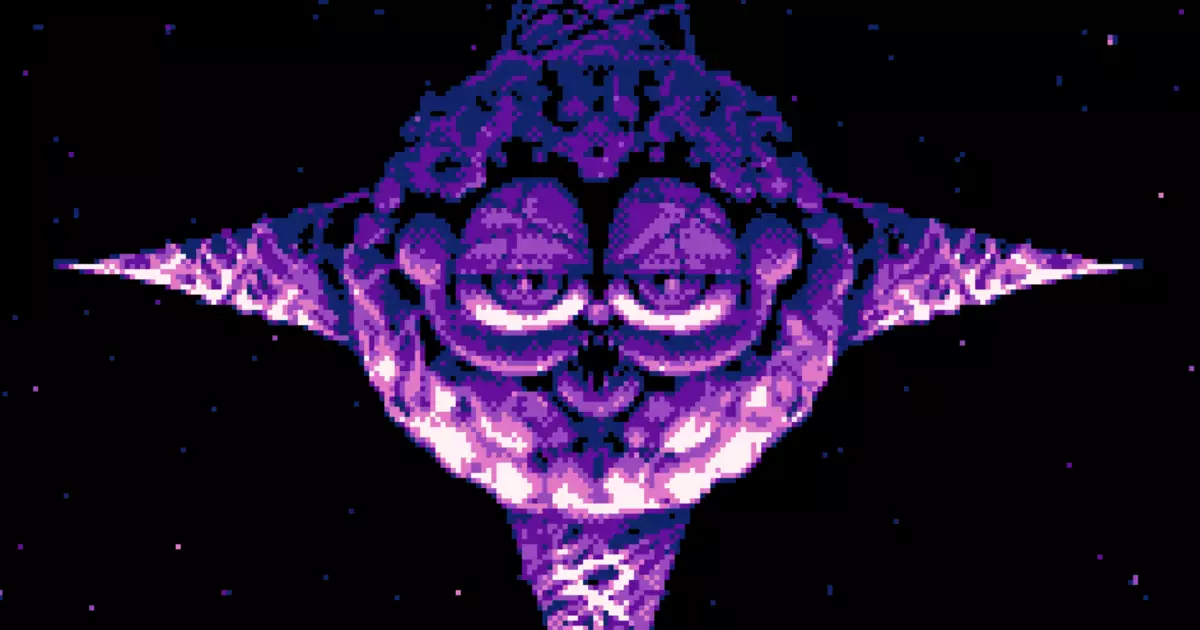Garfield, the lasagna-loving feline created by Jim Davis, has had an interesting trajectory since its inception. For those who grew up flipping through Sunday comic strips, the character was a source of humor and comfort. However, as digital culture evolved, so too has the interpretation of this iconic cat, resulting in a bizarre reimagining that blends nostalgia with cosmic horror: Gorefield.
The Birth of Gorefield: A Subversion of Nostalgia
Gorefield represents a radical departure from Garfield’s original charm. This grotesque variant evolves the character into a nightmare, stripping away the light-hearted humor and replacing it with a menacing presence. Fans of the original series hardly recognize Gorefield, who now resembles a cosmic entity rather than a simple housecat. The manifestations of Gorefield are many and varied, spiraling out from the familiar lasagna-loving personality. From unsettling centipede formations to grotesque, arachnid-like features, this version of Garfield taps into a darker and more surreal aesthetic.
Indeed, Gorefield commands attention, demanding to be fed in a voice that feels foreign and deeply unsettling. This stark transformation serves not only as a commentary on internet meme culture but also as a reflection of how easily nostalgia can be subverted into something grotesque. As audiences continue to engage with this horrified version, it raises questions about our attachment to original characters and their ability to be reinvented into darker psychological landscapes.
Emerging from the depths of meme culture is “Gar-Type,” a free fangame that embodies the amalgamation of Garfield lore with modern gaming sensibilities. In this pixelated universe, players take on the role of Jon Starbuckle, facing the absurd challenge of saving Earth from a lasagnnihilation led by the terrifying Gorefield. The very idea of Garfield as a planet suggests an expansive universe that pushes the boundaries of the original comic strip.
What’s fascinating about “Gar-Type” is the collaborative spirit that fuels its creation. Relying on various talents—designers, musicians, and programmers—it exemplifies community and passion. The combination of Lovecraftian visuals with chiptune music creates an atmosphere that resonates with the intense nostalgia for the original comic while engaging a new audience. The gameplay mechanics encourage player engagement, turning mouse movements into decisive actions against the absurdity of the game’s narrative.
Gorefield’s rise is emblematic of our internet age, where remixes, memes, and side projects can transform perceptions of traditional characters. The blending of horror and humor creates a new layer of interaction, with fans revisiting the nostalgia of their childhood while simultaneously navigating through unsettling reinterpretations. The juxtaposition of classic Garfield elements with dark humor aligns with how millennials and Gen Z approach legacy characters—neither afraid to appreciate the past nor to challenge it in advanced and often confusing ways.
Ultimately, the evolution of Garfield into Gorefield represents a significant shift in how we engage with popular culture. Nostalgia can exist alongside modernization, leading to uncanny and thought-provoking adaptations. Whether one finds it amusing or unsettling, Gorefield reminds us that even the most beloved characters are not immune to transformation, paving the way for continually evolving narratives within fan culture. In this complex landscape, the legacy of our beloved characters is fair game for both reverence and reformulation.

